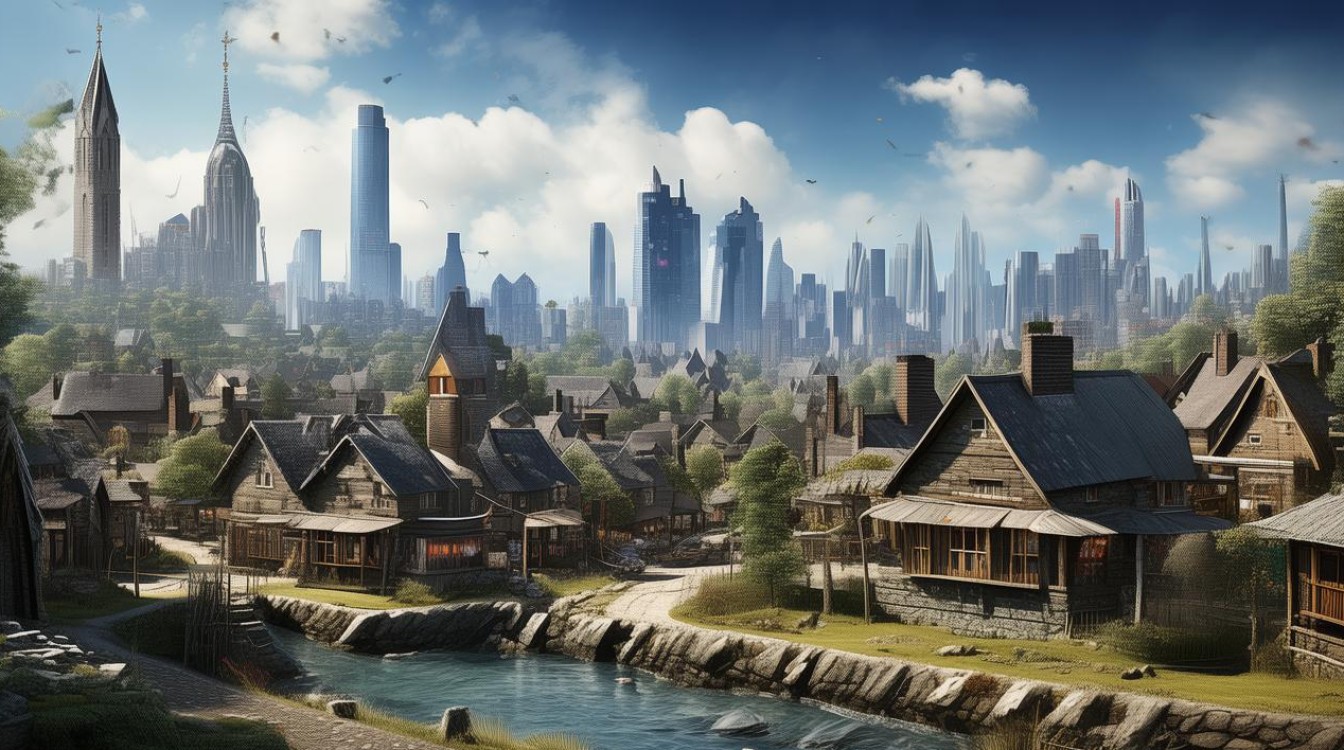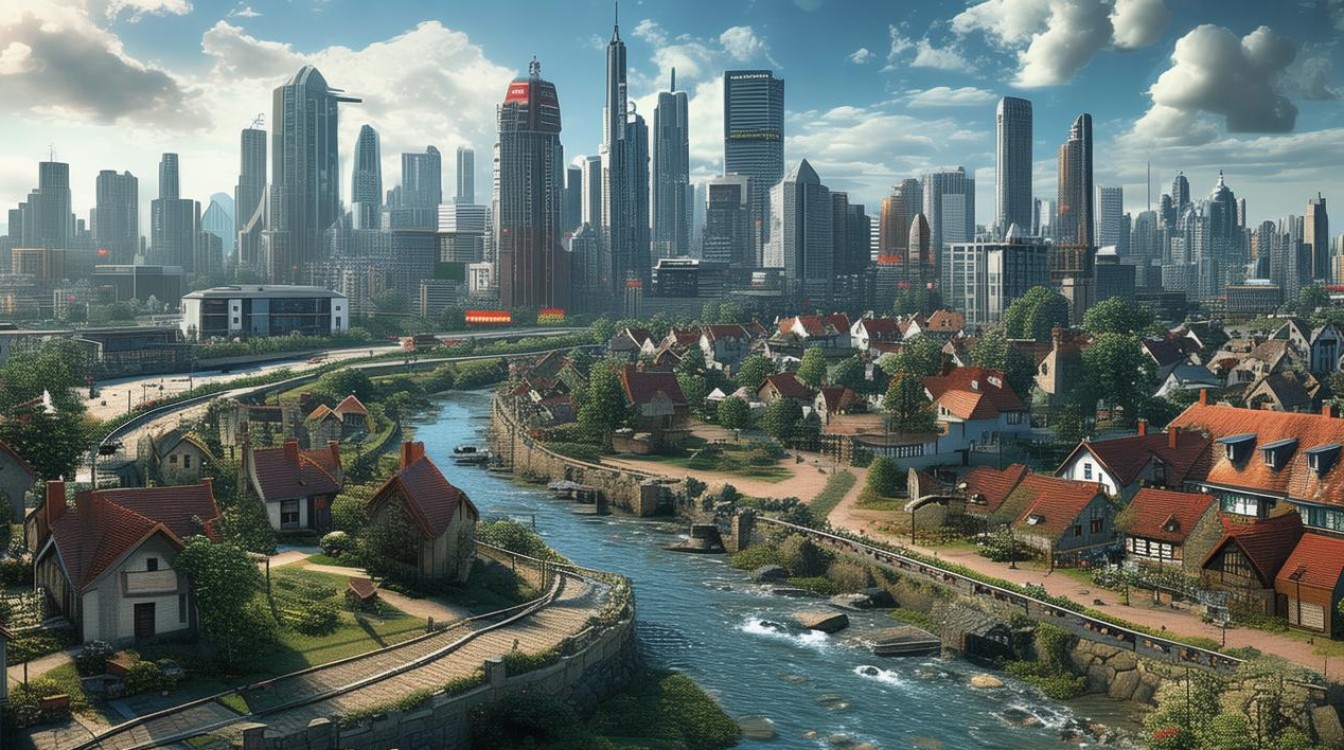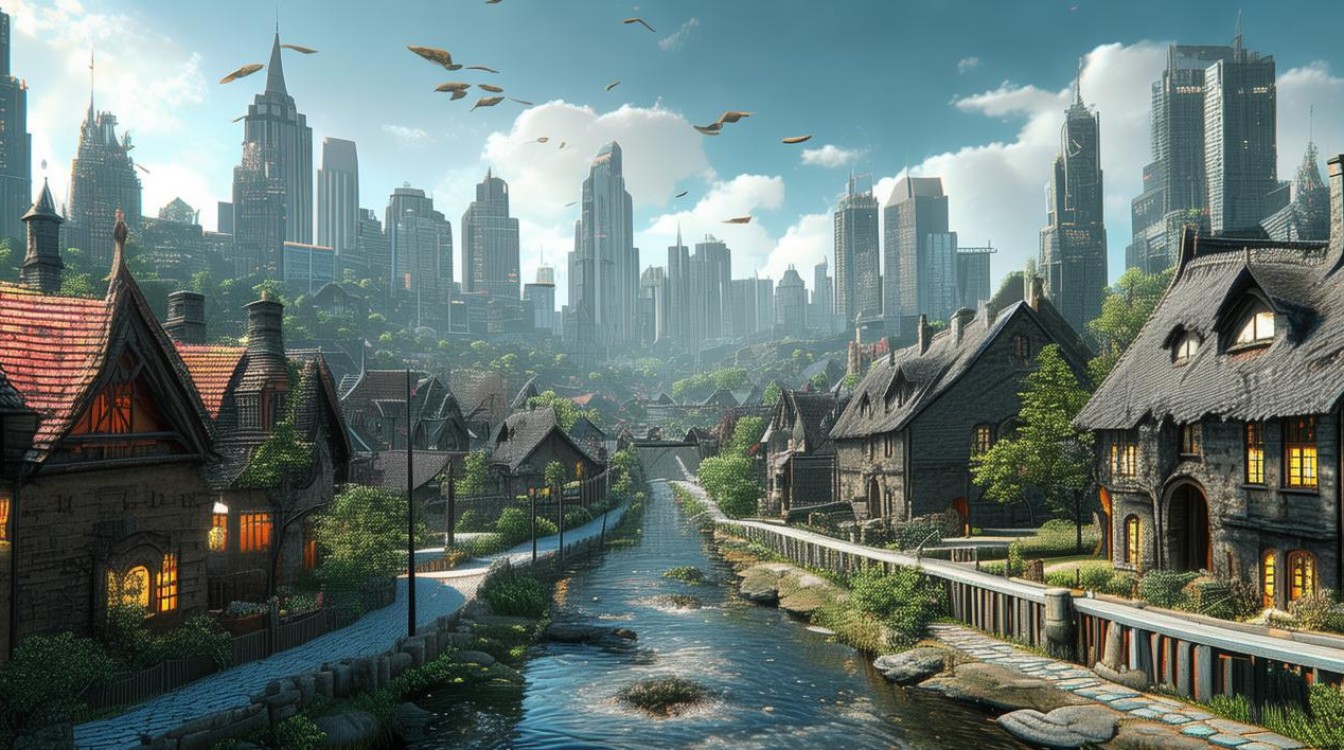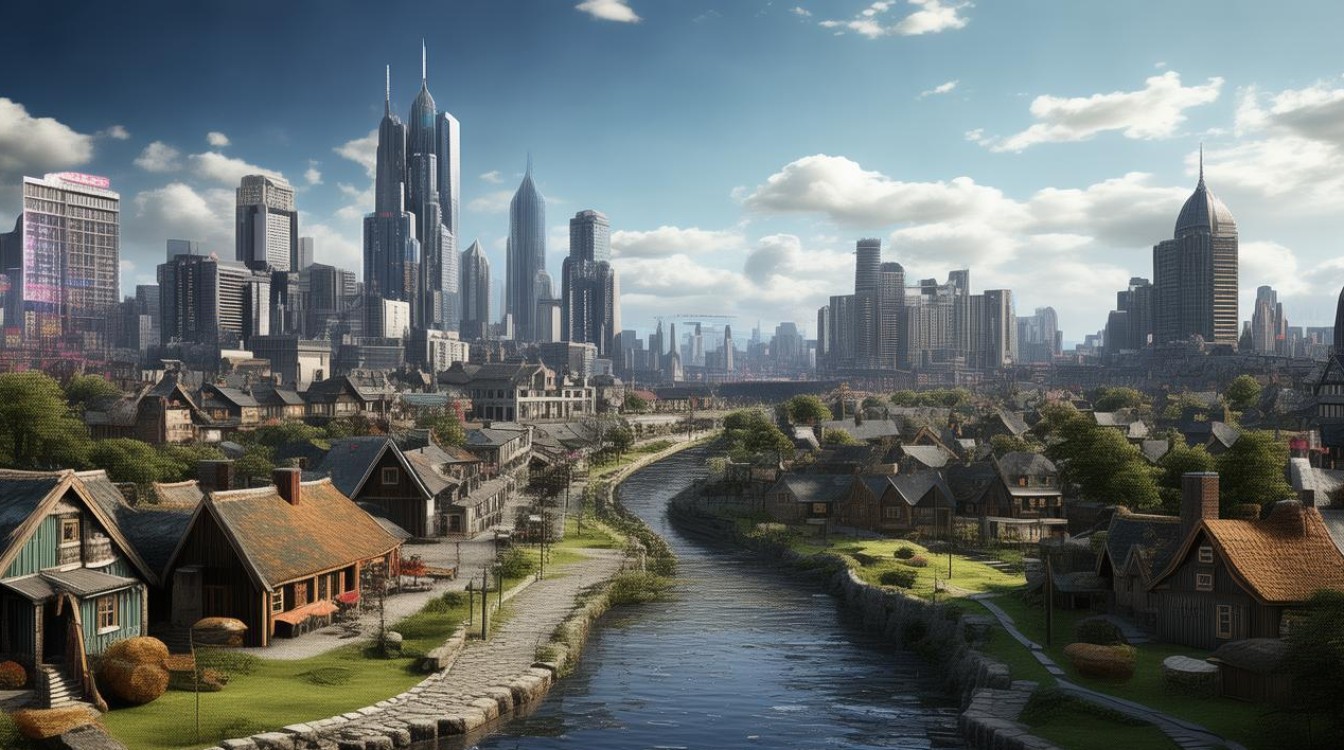Living in a village or a city presents two distinct lifestyles, each with unique advantages and challenges. The differences between rural and urban environments shape daily experiences, social interactions, and personal growth. Understanding these contrasts helps individuals appreciate both settings and make informed choices about where they prefer to live.

The Simplicity of Village Life
Villages offer a peaceful, slow-paced way of living. The air is fresh, the surroundings are green, and the community is tightly knit. People often know each other by name, creating a strong sense of belonging. Daily life revolves around agriculture, small businesses, and traditional practices passed down through generations.
One of the most appealing aspects of village life is the connection to nature. Open fields, rivers, and forests provide a serene environment, far from the noise and pollution of cities. Children grow up playing outdoors, learning about plants and animals firsthand. This closeness to nature fosters a deep appreciation for the environment.
Social bonds in villages are strong. Neighbors help each other during harvests, festivals, and emergencies. There is a collective spirit where everyone contributes to the well-being of the community. Traditions and cultural events play a significant role, preserving heritage and bringing people together.
However, village life has limitations. Access to modern amenities like high-speed internet, advanced healthcare, and quality education is often restricted. Job opportunities are scarce, pushing many young people to migrate to cities in search of better prospects. While the simplicity is charming, the lack of infrastructure can be a challenge.

The Dynamism of City Life
Cities are hubs of activity, innovation, and diversity. Skyscrapers, bustling streets, and endless opportunities define urban living. People move to cities for education, careers, and a faster lifestyle. The availability of resources makes cities attractive for those seeking growth and convenience.
One major advantage of city life is access to facilities. Hospitals, schools, shopping malls, and entertainment centers are within easy reach. Public transportation systems make commuting efficient, and technology ensures connectivity at all times. The job market is vast, offering careers in various industries, from finance to creative arts.
Cultural diversity is another highlight. Cities bring together people from different backgrounds, creating a melting pot of ideas, cuisines, and traditions. This exposure broadens perspectives and encourages open-mindedness. Events, exhibitions, and performances enrich social life, providing endless opportunities for learning and entertainment.
Yet, city life comes with its own set of challenges. The fast pace can be overwhelming, leading to stress and burnout. Pollution, traffic congestion, and noise are constant issues. The cost of living is high, making it difficult for some to afford housing and necessities. Despite the abundance of people, loneliness is common as social interactions often remain superficial.

Comparing the Two Lifestyles
The choice between village and city living depends on personal priorities. Those who value peace, nature, and close-knit relationships may prefer villages. On the other hand, individuals seeking career growth, convenience, and cultural experiences might find cities more appealing.
Villages teach patience, resilience, and community values. Cities foster ambition, adaptability, and independence. Both environments shape character in different ways, and neither is inherently superior. The ideal scenario for many would be a balance—enjoying the tranquility of rural areas while benefiting from urban opportunities.
Personal Perspective
Having experienced both settings, I find beauty in each. The village offers a retreat from chaos, a place to reconnect with roots. The city, meanwhile, fuels ambition and exposes me to new possibilities. The best approach is to embrace the strengths of both worlds, whether through frequent visits or choosing a suburban lifestyle that blends the two.
The contrast between village and city life highlights the diversity of human experiences. Rather than viewing one as better than the other, appreciating their differences allows for a richer understanding of the world. Each has something valuable to offer, and the choice ultimately depends on what one seeks in life.


